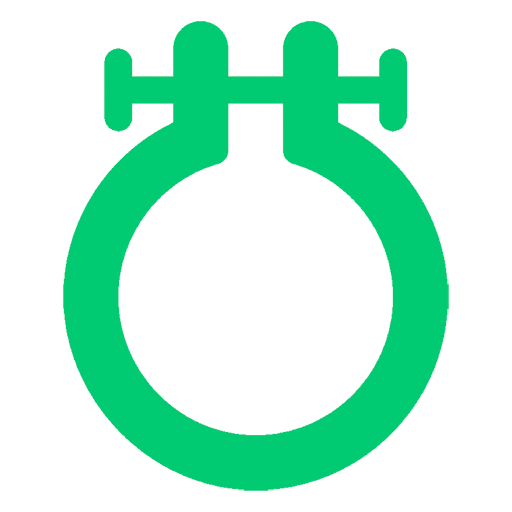Have you ever thought about why embroidery patches are so famous and in-demand? Do you know, how to make your beautiful embroidery patches by just following few steps? An embroidery machine can help you a lot in this regard.
Embroidery patches can easily be attached to a cap, backpack, or jacket. They add more to your artistic expression. You can showcase your creativity with the help of these patches.
Furthermore, you don’t need to worry about their size. You can create them according to your taste and requirement. They can be made in any design which suits your needs. They don’t take too much energy but wonderfully exhibit your embroidery talent.
How embroidery patches can be made by an embroidery machine?
First of all, I will talk about the supplies you will need to make an embroidery patch. Then steps will be addressed that which steps we need to follow to create an embroidery patch with the help of an embroidery machine.
Embroidery Supplies you will Need:
Blank Patches or Patch Fabric: You are advised to use heavy twill patch fabric with a crinoline backing which is specially made for patches. If you use Lighter flimsy fabric, you may get poor results and end up being exhausted after wasting your time and energy.
Sharp Needles: Sharp needles are required to penetrate the dense woven twill fabric. You also have to make sure that you are getting the correct needle for your machine. For instance: flat shank needles are good for home machines and round shank for commercial machines.
StickyStitch Peel & Stick Stabilizer: As you may encounter difficulty in hopping the patches, you will get the peel and stick embroidery backing for quick and easy hooping.
Fuse-N-Bond Heat Seal Film: To give your patches a finished professional look, you will need this film. It enables the patches to iron them on.
Iron or Heat Press: Iron or heat press is required to attach the patches on the required fabric or bag.
Steps to Making Embroidery Patches:
Step 1: Firstly you have to hoop a piece of StickyStitch Peel & Stick Stabilizer. After it’s hooped, score the wax paper and peel it off to expose the underlying sticky stabilizer.
Step 2: Select your Pre-Made Blank Patch. Stitch the outline of the patch on the StickyStitch Peel & Stick Stabilize with the help of your embroidery machine.
Step 3: Pick up your patch and place it over the outline which you just embroidered. This will center the patch. Moreover, you have to make sure it is straight.
Step 4: Now is the time to embroider your design on the patch. It is recommended that you use a size 11 or 12 sharp point needle.
Step 5: When you get done with this, remove the patch from the stabilizer. Now you have a completed sew-in patch. To heat seal the back and create the iron-on patch, move on to step 6.
Step 6: Now you have to deal with a piece of Fuse-N-Bond Heat Seal Film. All you have to do is to cut it out in a way that it should be a bit smaller than your patch.
Step 7: Having done with that now place the wax paper facing up, use an iron with a temperature of 260 degrees, and press and hold for about 4 seconds. Let the fuse-n-bond and patch cool for some time.
Step 8: When it gets cooled, gradually pull off the corner of the wax paper. If you see that fuse-n-bond comes up with the wax paper, it means either you did not use enough heat and pressure, or you did not give it sufficient time to get cool.
Step 9: Congratulations, you are all done and now have a professional-looking patch that can be ironed onto any fabric or clothing.
What Are The Best Fabrics For Embroidery?
To give your embroidery a more sophisticated look you have to be very selective in the choice of fabric you use for embroidery. Natural fabrics with a tight weave, like cotton, linen, silk, and wool, are the best fabrics for machine and hand embroidery.
The reason behind this is their construction ensures a sturdy surface that easily supports decorative stitching more conveniently and attractively.
Benefits That You Can Get From Embroidery Patches:
If Embroidery patches are used efficiently, they can appear very useful as a branding solution for a business as this type of branding medium is very versatile. In addition, these embroidery patches are the perfect means of advertising your business.
Another advantage of these embroidery patches is their easy and quick usage. They can be applied to a variety of fabric materials, colors, and fonts. These attachments give a sophisticated and professional look to the wearer if attached as a logo on the clothing.
A remarkable benefit of these patches is that they are available in a range of designs, shapes, and sizes. So, you can easily apply them to shirts, sweatshirts, jackets, caps, or any other form of clothing.
Furthermore, if you want to remove them, they are easily detachable at any time without ruining them. So, it can also be re-used on any other garment or clothing. Isn’t it awesome?
Above all, these embroidery patches are cost-effective than direct embroidery. New sewing technologies and customized designs also proved a helpful medium to reduce manufacturing costs. So, if you want to operate within a budget, these embroidery patches are the best option for you.
Conclusion:
Now, in the end, I am thankful to you for the time which you spared to give it a read. I hope this article will prove an effective medium to answer your basic queries about embroidery patches. After reading this article, you are now able to give your embroidery a more artistic and sophisticated look with embroidery patches.
